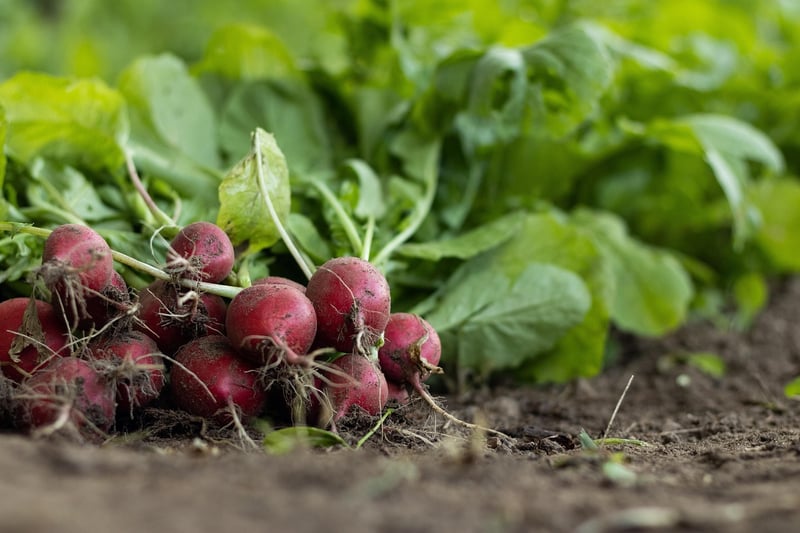Fertilizing Plants
Essential Plant Care Techniques
Introduction
Plants are a beautiful addition to any indoor or outdoor space, but to keep them thriving, it's essential to provide proper care. Understanding the basics of plant care techniques can help ensure your plants remain healthy and vibrant. In this article, we'll explore some essential plant care practices that can help you maintain a green and flourishing garden.
1. Watering
Water is essential for plant growth, but the amount and frequency of watering can vary depending on the plant species. It's crucial to water your plants when the top inch of soil feels dry to the touch. Overwatering can lead to root rot, while underwatering can cause wilting. Be sure to water your plants thoroughly but avoid waterlogging the soil.
2. Light Exposure
Plants require light for photosynthesis, the process that allows them to produce energy. Different plants have varying light requirements, with some needing direct sunlight, while others thrive in indirect light. Place your plants in locations that provide the appropriate amount of light for their specific needs to ensure optimal growth.
3. Pruning
Pruning is the process of removing dead or overgrown parts of a plant to promote healthy growth. Regular pruning can help shape your plants, improve air circulation, and prevent disease. Use clean, sharp scissors or pruning shears to trim away any damaged or unwanted branches.
4. Repotting
As plants grow, they may outgrow their containers, leading to root-bound conditions. Repotting your plants into larger containers allows their roots to spread and access more nutrients. Look for signs such as roots growing through drainage holes or soil drying out quickly, indicating that it's time to repot your plant.
5. Fertilizing Plants
While soil provides some nutrients, fertilizing your plants can help ensure they receive essential nutrients for healthy growth. Fertilizers come in various forms, including liquid, granular, and slow-release. Before fertilizing, consider the specific needs of your plants, such as nitrogen-rich fertilizer for leafy plants and phosphorus-rich fertilizer for flowering plants.
Conclusion
By following these essential plant care techniques, you can create a nurturing environment for your plants to thrive. Remember to observe your plants regularly, adjust your care routine as needed, and enjoy the beauty and benefits of a well-maintained garden.

For more plant care tips and advice, visit Gardening Know How.
